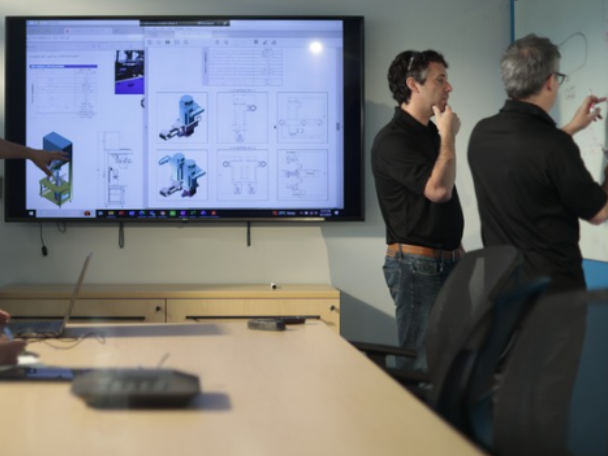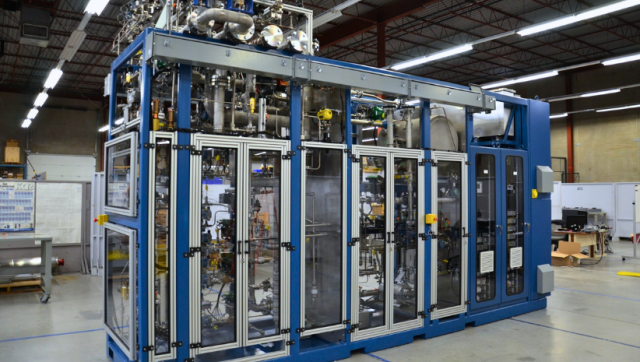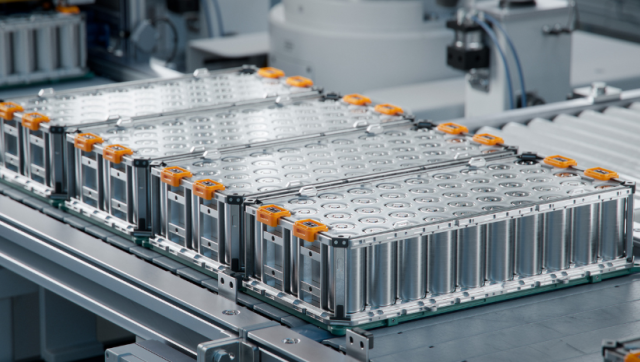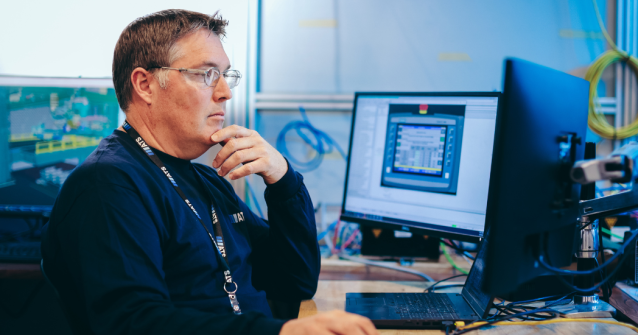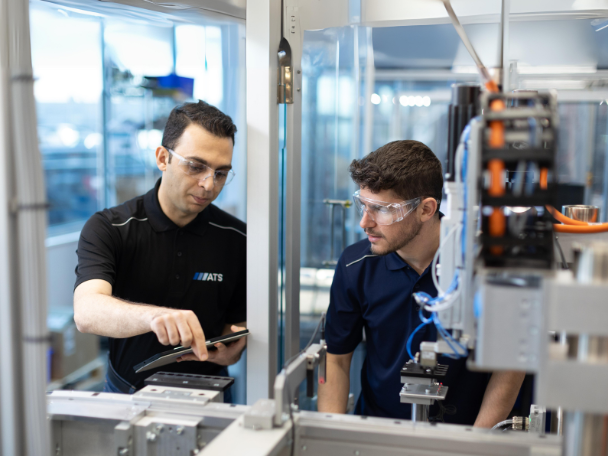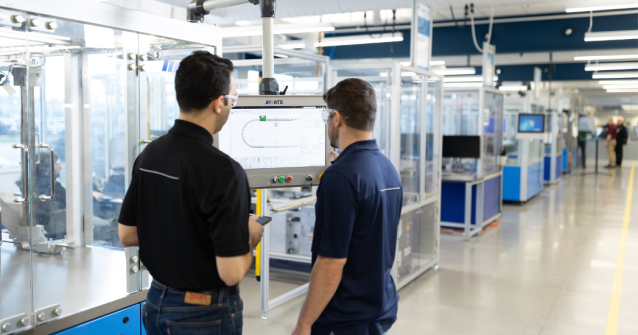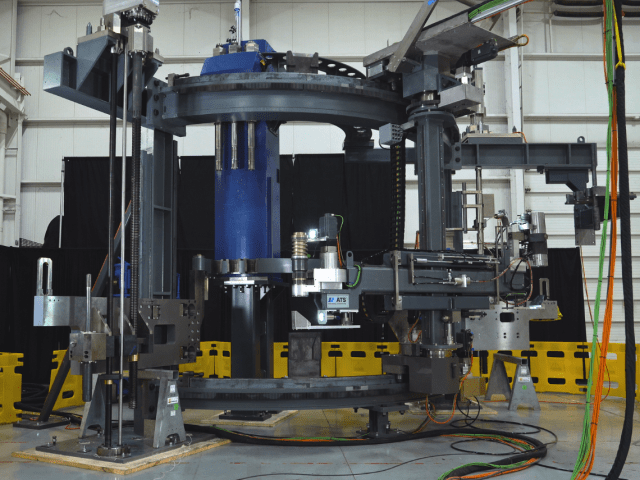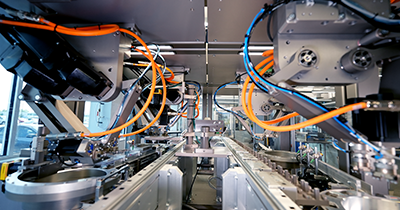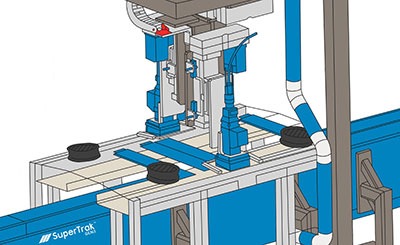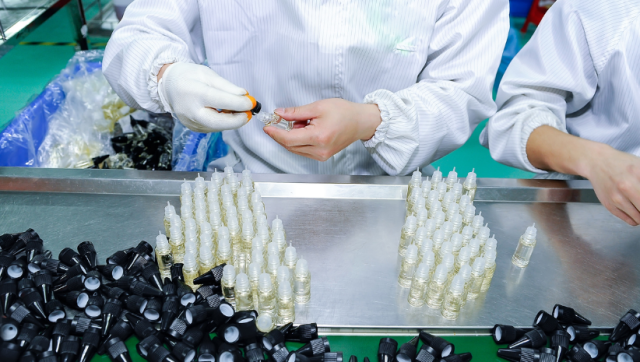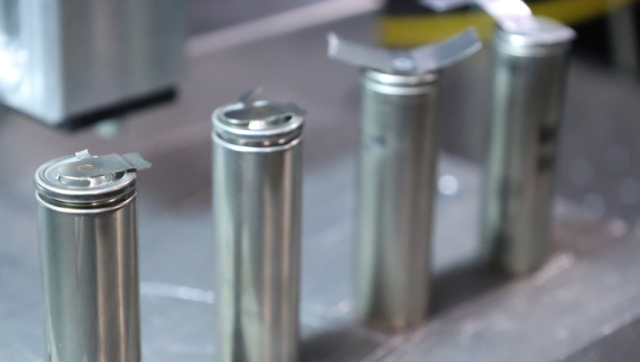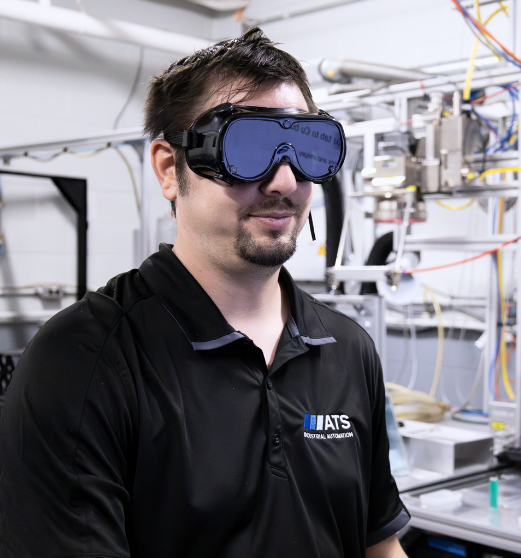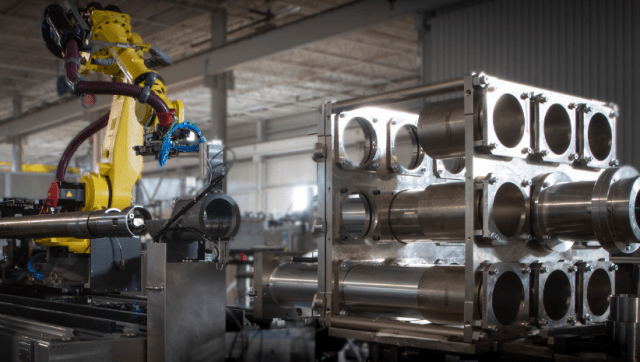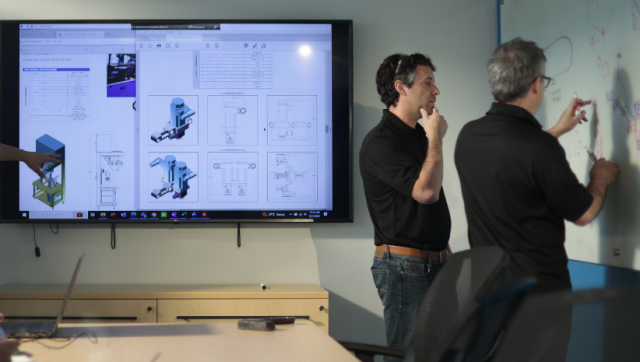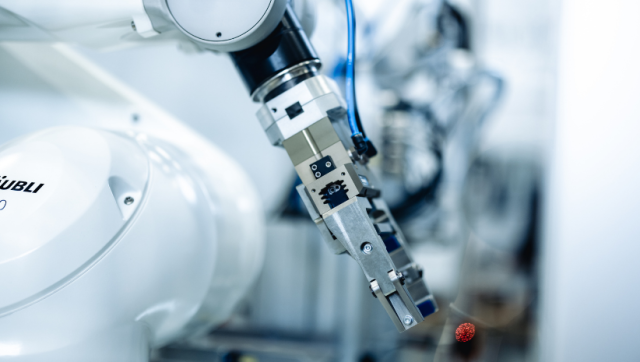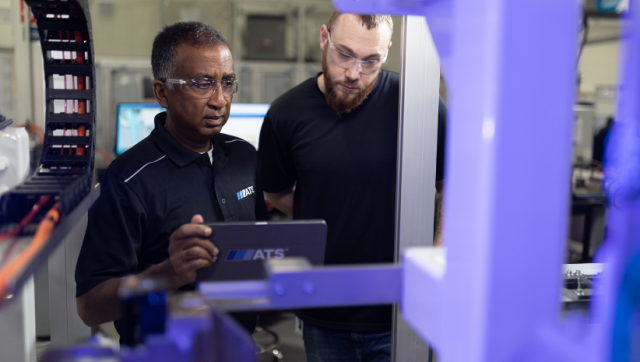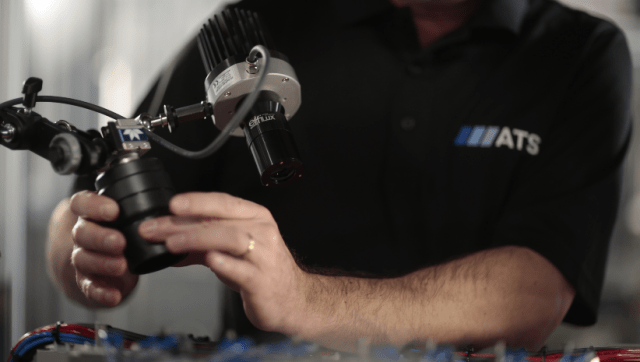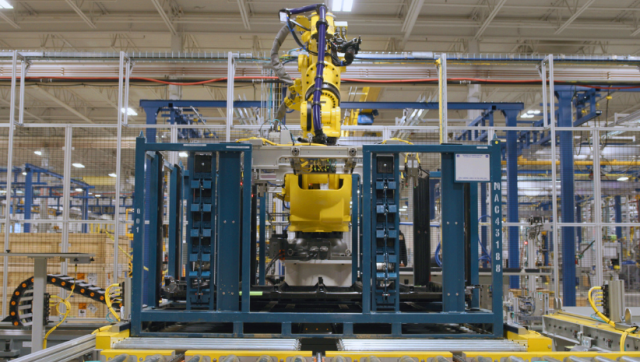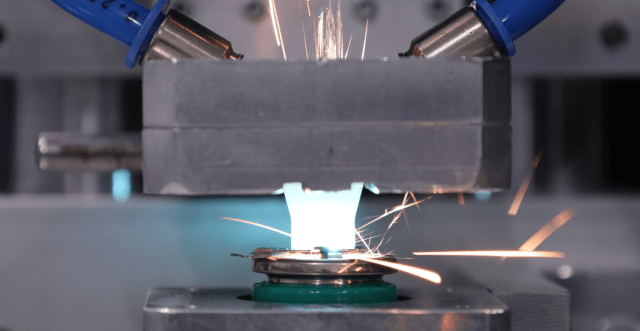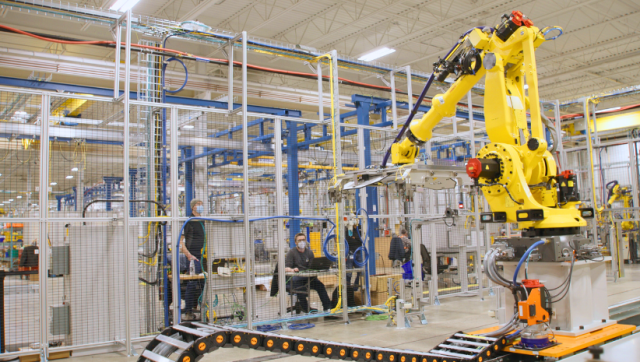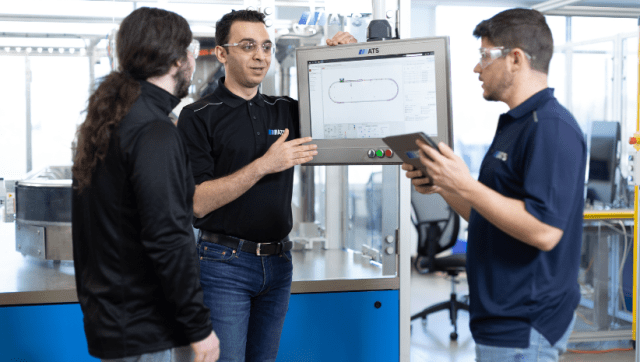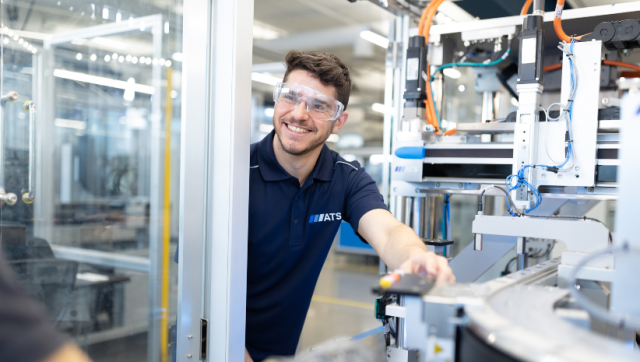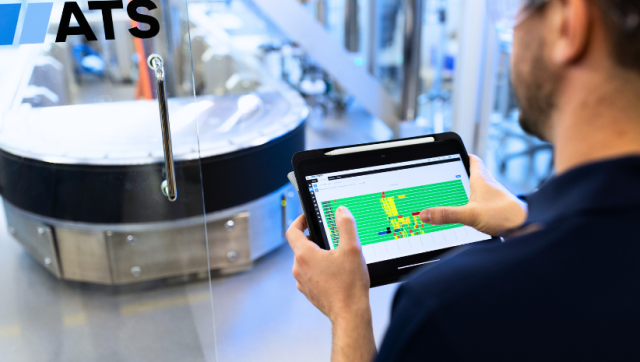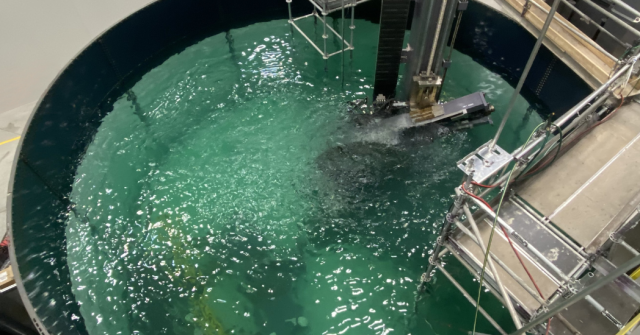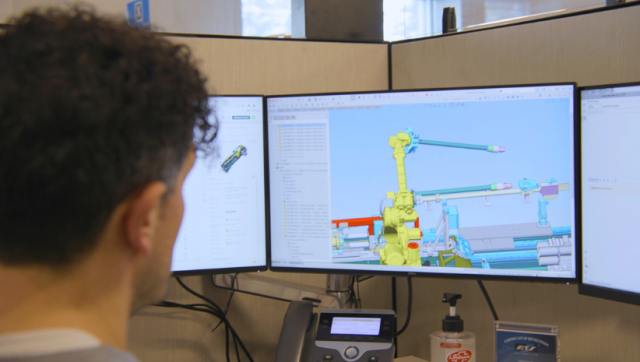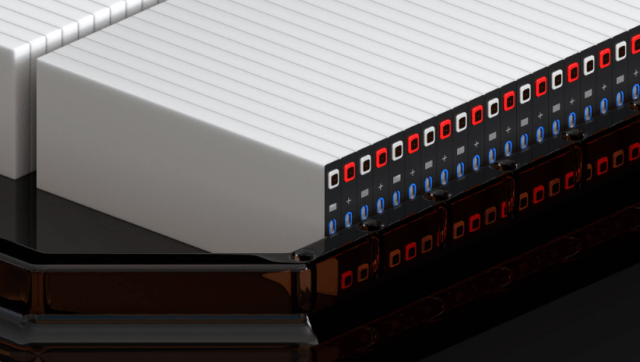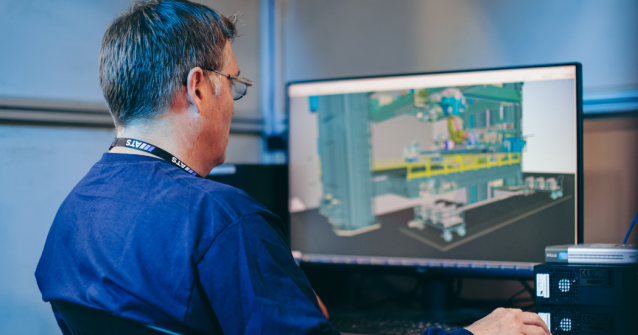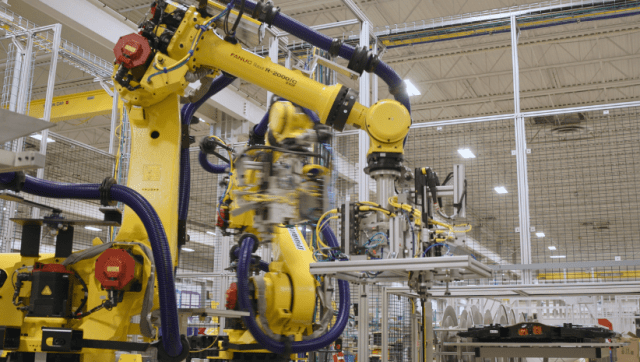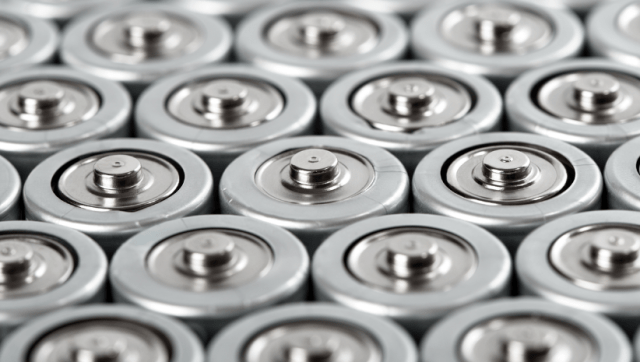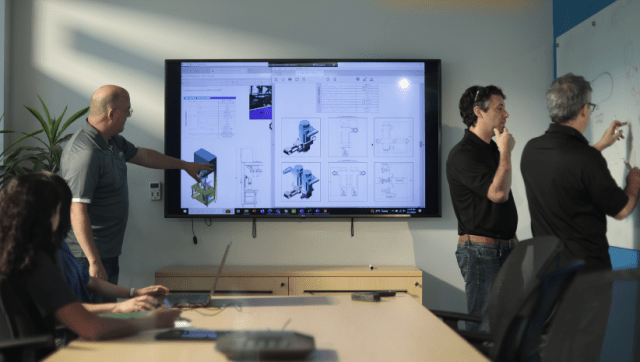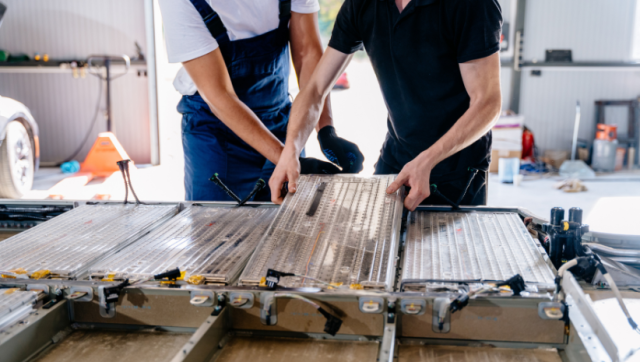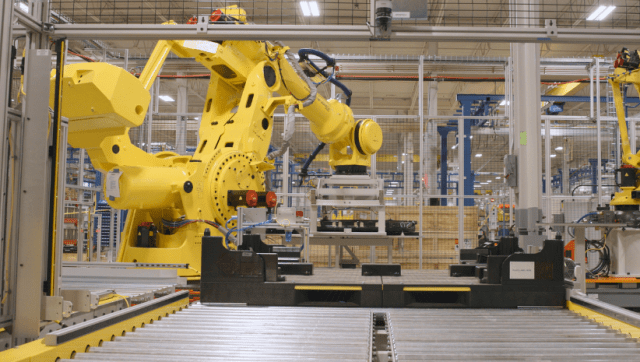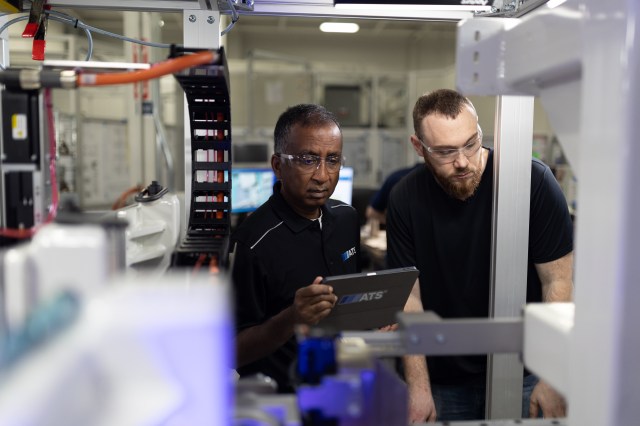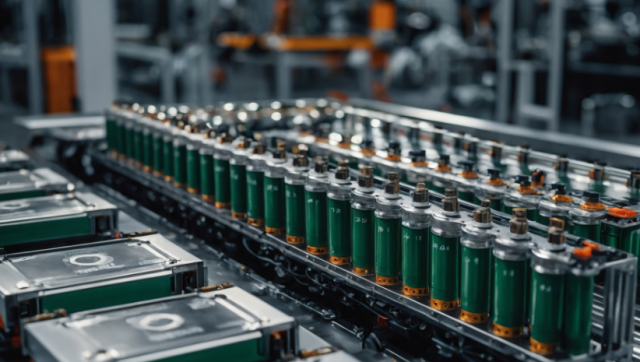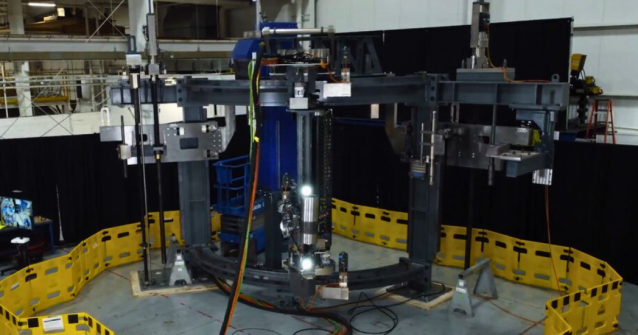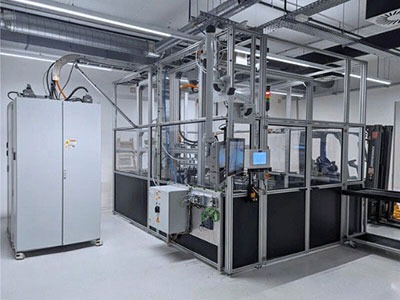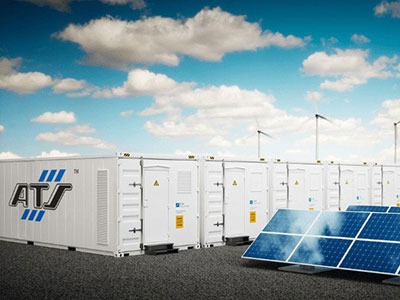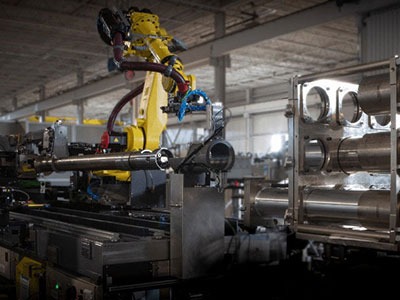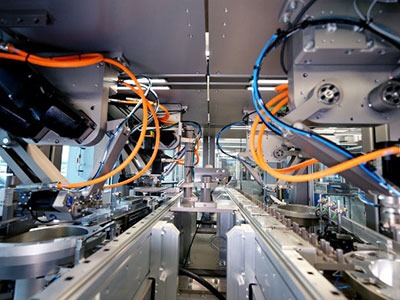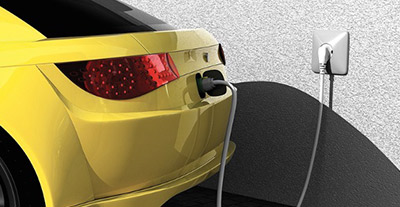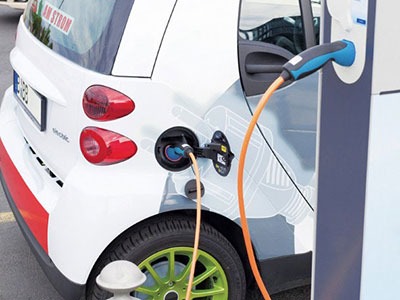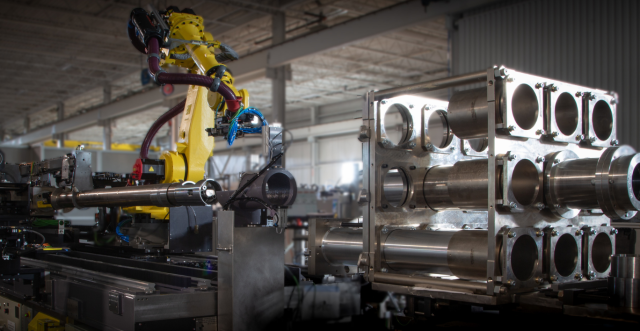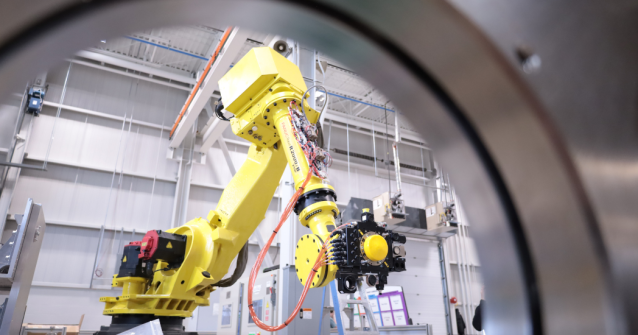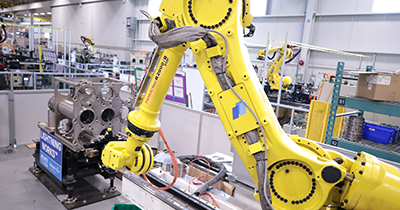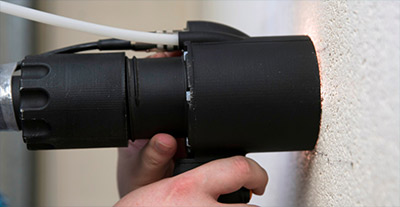With a robust design and well-established manufacturing principles, cylindrical battery cells are widely used in high-energy-density applications ranging from electric vehicles (EVs) to laptops and other portable devices. Known for their reliability, efficiency, and versatility, cylindrical batteries have become a critical component in grid-scale battery energy storage systems (BESS).
What sets these cells apart from other battery types is their rigid cylindrical structure, which enables efficient packing and cooling. This design not only enhances performance but also provides mechanical stability and safety. Additionally, their durability and long lifecycles ensure reliable energy management.
At ATS Industrial Automation, we have delivered over 110 EV battery assembly and test lines and understand the challenges of designing and scaling battery assembly lines for cylindrical, pouch, and prismatic batteries.
Cylindrical Battery Assembly Challenges
Handling and using cylindrical cells in battery manufacturing presents several challenges.
- Precise Welding: Prevents penetration of the outer casing of the cells, avoiding electrolyte leaks and potential safety hazards.
- Material Handling: Requires care to avoid damaging exposed terminals during assembly and testing. In addition, given a smaller form factor, there are typically many more cylindrical cells in a vehicle than their prismatic or pouch counterparts. This in turn requires much faster material handling to match the production rate of the EV.
- Thermal Management: Proper cooling of the cells must be carefully accounted for, as the cylindrical shape makes it difficult to achieve uniform thermal management.
- Dimensional Variability: Even relatively small variations in cell dimensions can complicate the assembly process, necessitating stringent quality control.
Despite these challenges, cylindrical cells remain popular due to their robustness and high energy density. This makes them a good fit for applications such as EVs, as the high energy density facilitates a longer range between charges.
Assembling Cylindrical Cells into Batteries
Incoming Cell Validation
The cylindrical battery assembly process starts with validating incoming cells to ensure they meet required manufacturing specifications through inspections and tests.
- Physical Inspection: Checking for physical defects, such as dents, scratches, or other visible damage that could compromise the cell’s integrity.
- Dimensional Verification: Measuring the cell dimensions to ensure they conform to the specified tolerances.
- Electrical Testing: Assessing the cell’s capacity, voltage, and internal resistance through open circuit voltage (OCV) testing and an AC internal resistance (ACIR) test.
- Sorting: Categorizing cells that pass all validation tests to proceed to the next stage of assembly while setting aside others for further analysis or rejection.
- Barcode Inspection: Another key inspection criterion is tracking each cell to create a full birth certificate for every EV battery pack.
Matching Cells with a Carrier
Once the cells pass validation, they are matched to a carrier. Depending on the manufacturer’s unique battery assembly process, cylindrical cells may be secured into a carrier using a dispensing or bonding step. This involves bonding the cells to ensure they are firmly attached.
Electrical Array Formation and Validation
After the cells are secured, the first step is the build-up of the electrical array, which involves welding a busbar structure to string the cells together and grouping them to achieve the required voltage and amperage. The busbars are essential components that connect the individual cells electrically, allowing them to work together as a single unit.
A cooling plate is then attached to the module to manage the heat generated during operation. The cooling plate ensures the battery operates within safe temperature limits to maintain performance and longevity. Thermal interface material (TIM) dispensing is applied between the cells and cooling plate, improving heat dissipation and ensuring strong thermal conduction between the cells as both a heat source and cooling system.
Module Testing
Finally, the module is closed and tested to ensure all electrical connections are secure and the cells function correctly. Cylindrical module tests include:
- Weld Resistance
- Open Circuit Voltage (OCV)
- Temperature
- Current Calibration
- DC Internal Resistance (DCIR)
- Charge/Discharge
- High Potential (HiPot)
- Leak Test
These tests ensure the reliability and efficiency of cylindrical battery modules for high-performance applications such as BESS—large rechargeable batteries that store renewable and non-renewable energy for later use —and EVs.
Pack Assembly
The battery pack is formed by collecting several modules, adding a battery management system (BMS), and a cooling device. Modules are arranged in series or parallel according to desired voltage, capacity, or power density. Similar to module assembly, the pack assembly process includes rigorous quality control tests to validate performance, such as OCV, BMS, vehicle environment simulation, and leak.
Overcoming Cylindrical Battery Assembly and Testing Challenges
Cylindrical batteries play a pivotal role in the battery landscape, offering durability, efficiency, and adaptability across applications like EVs and grid storage. While their assembly and handling present some challenges, their benefits of improved thermal regulation and longer lifecycles make them a top choice for many battery manufacturers.
By adhering to stringent quality control measures, leveraging advanced technologies, and selecting the right battery assembly and testing partner, manufacturers can produce high-quality cylindrical battery modules that meet the demands of modern energy storage applications. Engaging an automation partner with experience in both assembly and testing can streamline implementation and give OEMs a more seamlessly integrated solution that drives high quality, high-volume throughput.
At ATS Industrial Automation, we’re at the forefront of battery module and pack assembly. Our team of assembly and test experts is ready to support your end-to-end battery production needs. Reach out to us today to discuss your project.

Cameron Bruce
Director of Engineering
ATS Industrial Automation
Cameron works with customers to design and optimize automation systems to build and scale production and drive operational efficiency. Cameron has helped companies across numerous industries to automate and optimize production for over 18 years.




